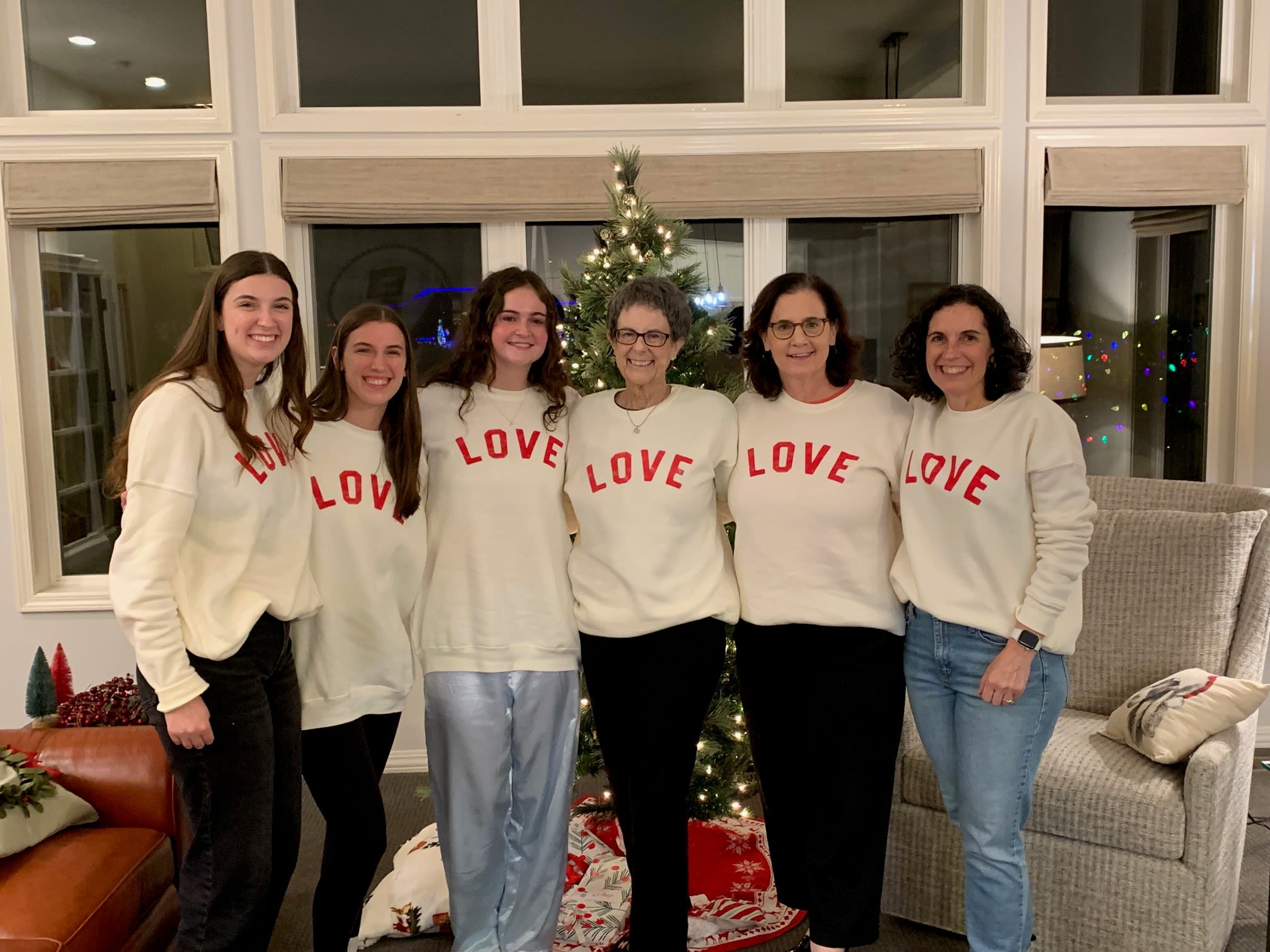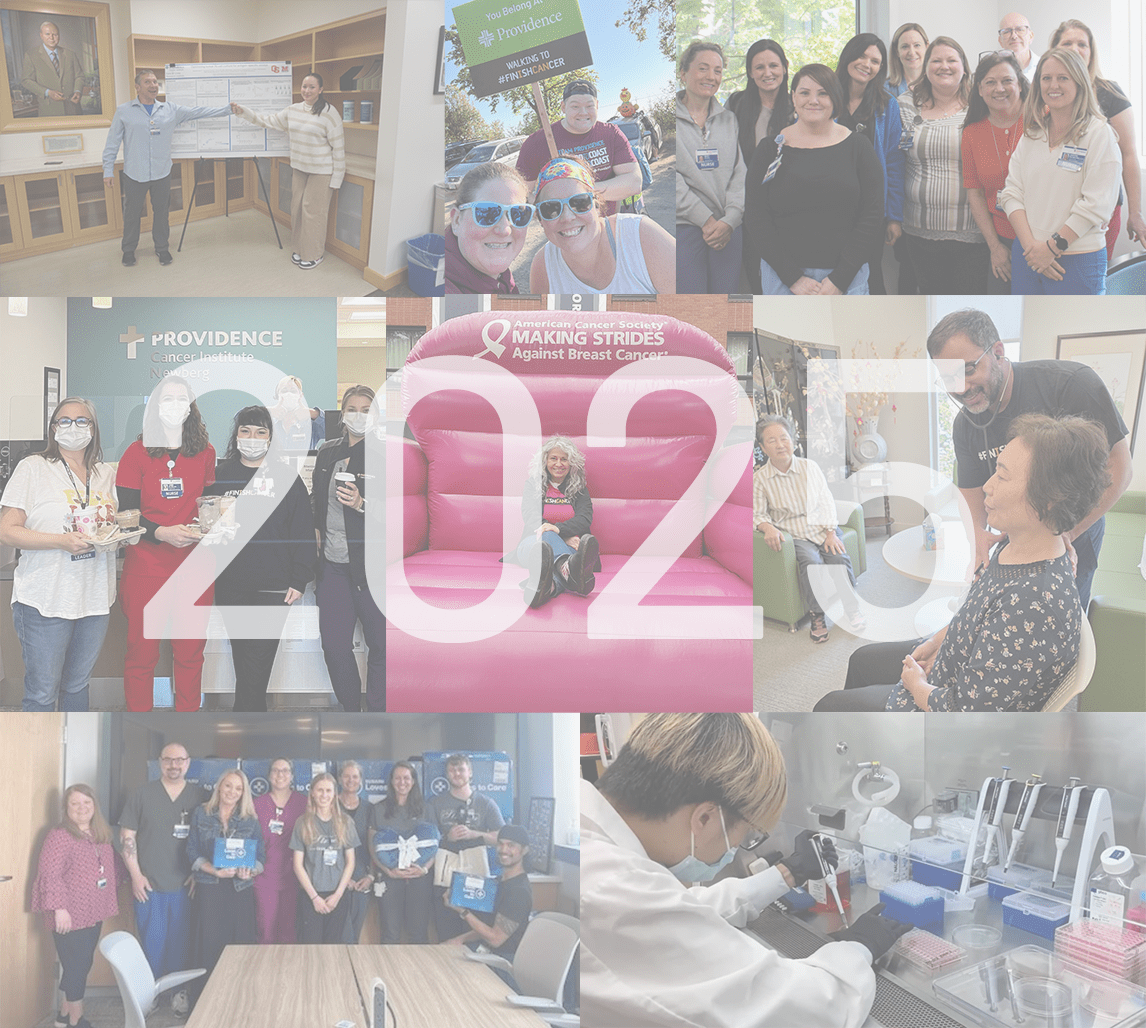Providence Swedish is Leading the World in brain surgeries through the help of pre-surgical planning with Microsoft HoloLens 2
Providence Swedish neurosurgeons are using Microsoft HoloLens 2, powered by Medivis technology, to prepare for surgical cases in Seattle, Washington. To date, the team is a leader in worldwide adoption and has performed over 50 neurosurgical cases with Holographic assistance.
Doctors are using holographic guided imagery to help them prepare for surgical cases. Surgeons can see three-dimensional holographic images of the patient’s anatomy created from CT, MRI, or other advanced imaging studies. These holographic images of the brain can then be overlayed onto patients in the operating room to help with surgical planning. They can guide themselves through the unique structure of a patient’s anatomy with ‘x-ray vision’. The technology can then help the surgeons plot the safest surgical approach or perform the surgical procedure with minimal disruption of healthy tissue. Providence Swedish has applied the technology to aid in the treatment of brain tumors, cerebral aneurysms, and many other complex cerebrovascular procedures such as arteriovenous malformation surgeries to remove abnormal tangles of blood vessels in the brain and spinal cord.
“We are sharing our experiences so that others can learn the potential of this technology to benefit our patients. The Providence Swedish vision is health for a better world. It is important for us to share how this technology could improve patient outcomes so that we can live out our vision,” said Dr. Stephen Monteith, Director of Cerebrovascular Neurosurgery at Providence Swedish.
As hospitals move into the post pandemic world, it is crucial to find ways to improve patient outcomes and shorten hospital length of stay.
Using HoloLens 2, powered by Medivis technology, for surgical planning improves anatomical visualization particularly for surgically challenging lesions. Improved pre-operative knowledge of an individual patients’ anatomy can help surgeries to be performed with less disruption to healthy tissue; and avoidance of critical structures. The end goal being shorter surgery time, safer outcomes, and less time spent in hospital recovery.
This technology was provided to Swedish though the Swedish foundation.
MEDICAL DEVICE DISCLAIMER. Microsoft HoloLens 2 is not designed, intended or made available as a medical device, and is not designed or intended to be a substitute for professional medical advice, diagnosis, treatment, or judgment and should not be used to replace or as a substitute for professional medical advice, diagnosis, treatment, or judgment. Microsoft does not warrant that Microsoft products will be sufficient for any medical purposes or meet the health or medical requirements of any person.



